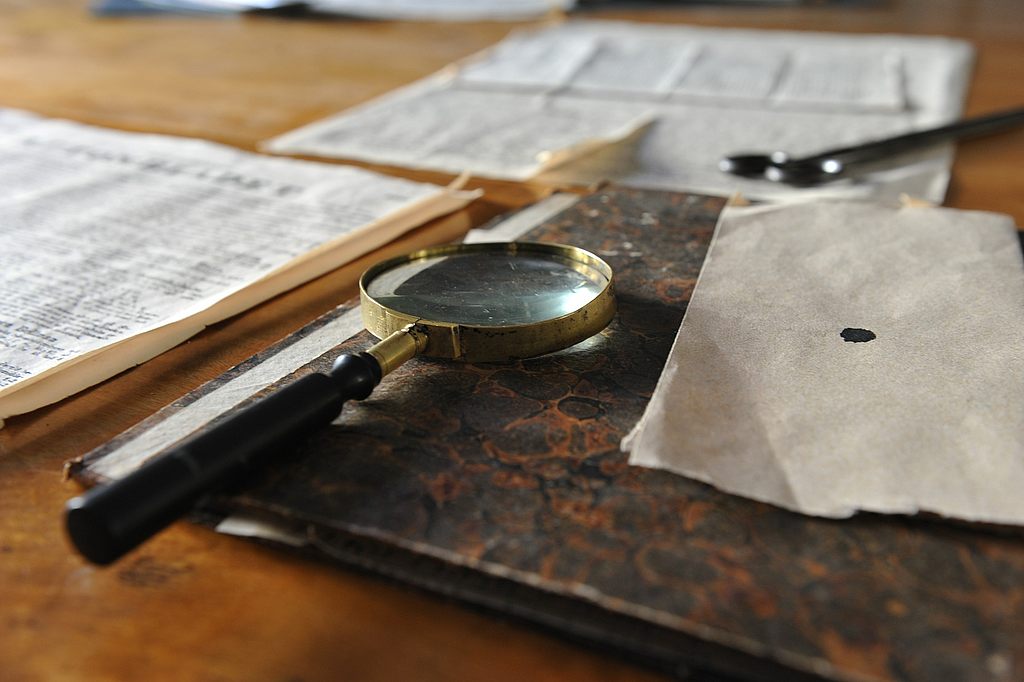Expertise
Focus Areas at the IWW
The general focus at the IWW lies in the microstructure/property relationships in metallic materials, with particular emphasis on light metals based on Al, Mg, and Ti. Additionally, copper and iron-based materials are also intensively investigated.
The variation of microstructure is achieved deliberately through thermal and thermo-mechanical treatments, both using conventional methods such as extrusion, rolling, rotary forging, and wire drawing, as well as through innovative processes of high-grade plastic deformation such as Equal Channel Angular Pressing (ECAP) and High-Pressure Torsion (HPT). Alongside microstructure (e.g., grain size and shape, phase morphology and arrangement, type, size, and distribution of precipitates), crystallographic texture and especially the resulting mechanical properties are examined. Within X-ray diffraction, not only textures are analyzed, but also residual stress profiles are measured, and phase analyses are conducted.
Regarding mechanical properties, the focus lies on strength properties under static loading (creep behavior), quasi-static loading (tensile and compressive), cyclic loading (fatigue testing), and dynamic loading (Charpy impact testing). Within these investigations, experiments on damping behavior, behavior of soft magnetic materials, long-term dimensional stability of materials, and grain refinement of cast materials are also conducted.
Another focus area concerns the improvement of fatigue behavior through processes of mechanical surface strengthening (e.g., shot peening, roller burnishing). The altered fatigue behavior is derived from process-induced property changes on the surface and in near-surface regions. This includes changes in surface topography, surface strengthening and residual stress formation, possible near-surface phase transformations, and the altered crack initiation and propagation behavior due to these influencing factors.
Furthermore, the electrochemical corrosion behavior of metallic materials is investigated. This includes, in particular, addressing questions about the corrosion behavior of, for example, copper-based materials under simultaneous mechanical loading (stress corrosion cracking and corrosion fatigue). The aforementioned investigation methods, including scanning and transmission electron microscopy, are also utilized for practical damage analysis.
Improvement suggestions for optimized material usage tailored to the respective application case are derived from insights gained through damage analysis.
